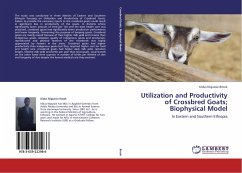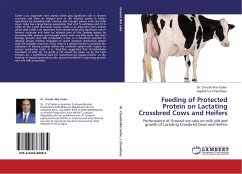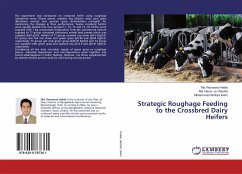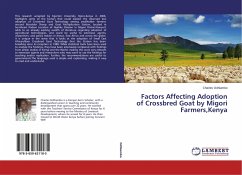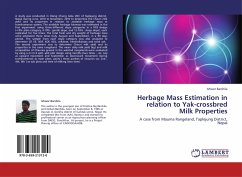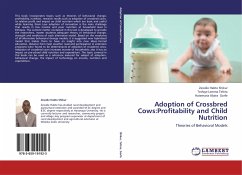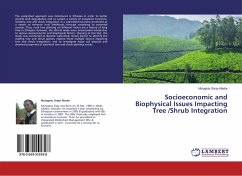The study was conducted in three districts of Eastern and Southern Ethiopia focusing on Utilization and Productivity of Crossbred Goats. Failure to provide the necessary inputs to the crossbred goats could result in significant loss in productivity of the goats. In districts where significantly lower amount of feed per TLU and the least health care was practiced, crossbred goats had significantly lower production performance and lower longevity. Concerning the purpose of keeping goats, Crossbred goats are mainly reared because of their higher milk yield and income than indigenous goats. Adaptive quality of Indigenous goats and productive, reproductive and physical features of the crossbreds was highly appreciated by farmers in the areas. Crossbred goats had higher productivity than indigenous goats but they required higher cost for feed and health care. Crossbred goats had higher daily milk yield, lactation length, lifetime milk yield and births per year than local goats. Local breeds on the other hand were superior in number of births per lifetime of doe and longevity of doe despite the lowest medical care they received.
Bitte wählen Sie Ihr Anliegen aus.
Rechnungen
Retourenschein anfordern
Bestellstatus
Storno

